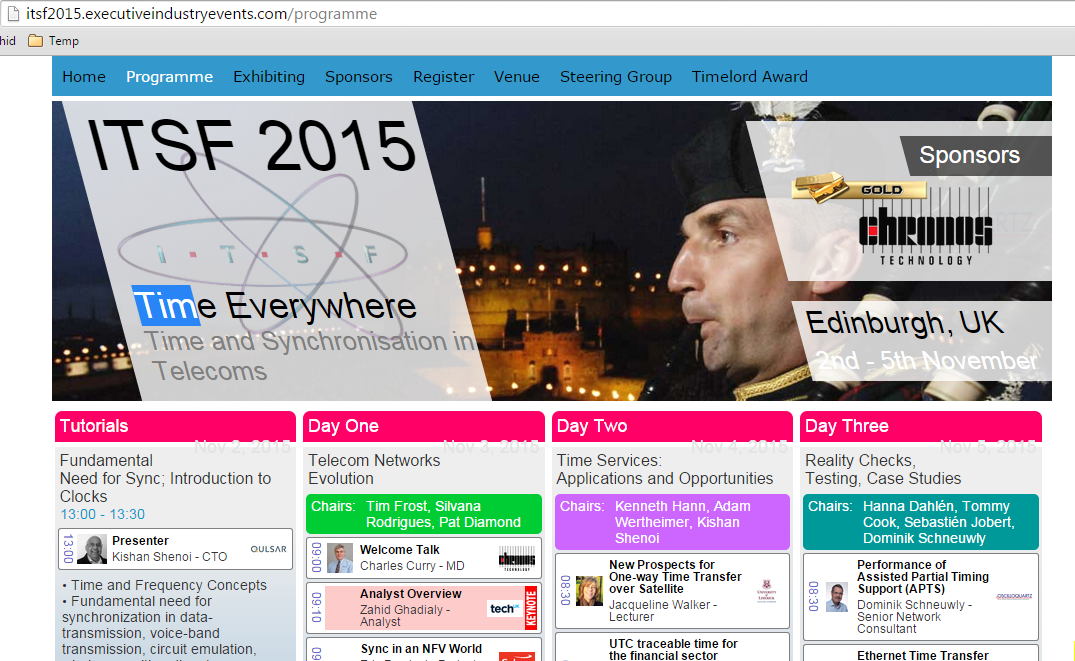Metaverse means different things for different people. If you explain Metaverse with an example, many people understand but they are generally looking at things from a different point of view. A bit like blind men and an elephant. Similarly when we talk about Metaverse-ready networks, it can mean different things to different people, depending on their background.
Back in Oct 2021, Facebook changed its name to Meta with a vision to bring the metaverse to life and help people connect, find communities and grow businesses. This was followed by a blog post by Dan Rabinovitsj, Vice President, Meta Connectivity, highlighting the high-level requirements for these metaverse-ready networks.
At Fyuz 2022, the Telecom Infra Project (TIP) announced the launch of Metaverse-Ready Networks Project Group primary whose objective is to accelerate the development of solutions and architectures that enhance network readiness to support metaverse experiences. Meta Platforms, Microsoft, Sparkle, T-Mobile and Telefónica are the initial co-chairs of this Project Group.
A blast from the past - I'm listening to a Nokia CTO, Alessandro Bovone, setting out Nokia's view of the future #CWIC2022 pic.twitter.com/DSN96eK2qh
— David Wood (@dw2) November 2, 2022
Cambridge Wireless' CWIC 2022 discussed 'The Hyperconnected Human'. One of the sessions focussed on 'Living in the Metaverse' which I think was just brilliant. The slides are available from the event page and the video is embedded below:
Coming back to metaverse-ready networks, the final day of Fyuz 2022 conference featured 'The Meta Connectivity Summit' produced by Meta.
The main stage featured a lot of interesting panel sessions looking at metaverse use cases and applications, technology ecosystem, operator perspectives as well as a talk by CIO of Softbank. The sessions are embedded below. The breakout sessions were not shared.8.3 milliseconds is the magic number to have a seamless experience in the Metaverse#Metaverse #MetaverseConnectivity #Fyuz22 https://t.co/UsqDEgvBEU
— Zahid Ghadialy (@zahidtg) October 27, 2022
Metaverse is also being used as a catch-all for use cases and applications in 6G. While many of the requirements of Metaverse will be met by 5G and beyond applications, 6G will bring in even more extreme requirements which would justify the investments in the Metaverse-Ready Networks.
Related Posts:
- The 3G4G Blog: Demystifying and Defining the Metaverse
- Free 6G Training: What is Metaverse and will it play a big part in 6G?
- The 3G4G Blog: 5G eXtended Reality (5G-XR) in 5G System (5GS)
- The 3G4G Blog: A look at 5G Applications, Application Functions & Application Servers
- Free 6G Training: What is Extended Reality (XR)?
- Free 6G Training: Three Degrees of Freedom (3DoF) vs Six (6DoF) in Extended Reality
- Free 6G Training: One XR Device to Rule Them All!
- Free 6G Training: Nokia Bell Labs eBook and Talks on 6G
- Free 6G Training: Presentations from The 2022 Brooklyn 6G Summit (B6GS)





































